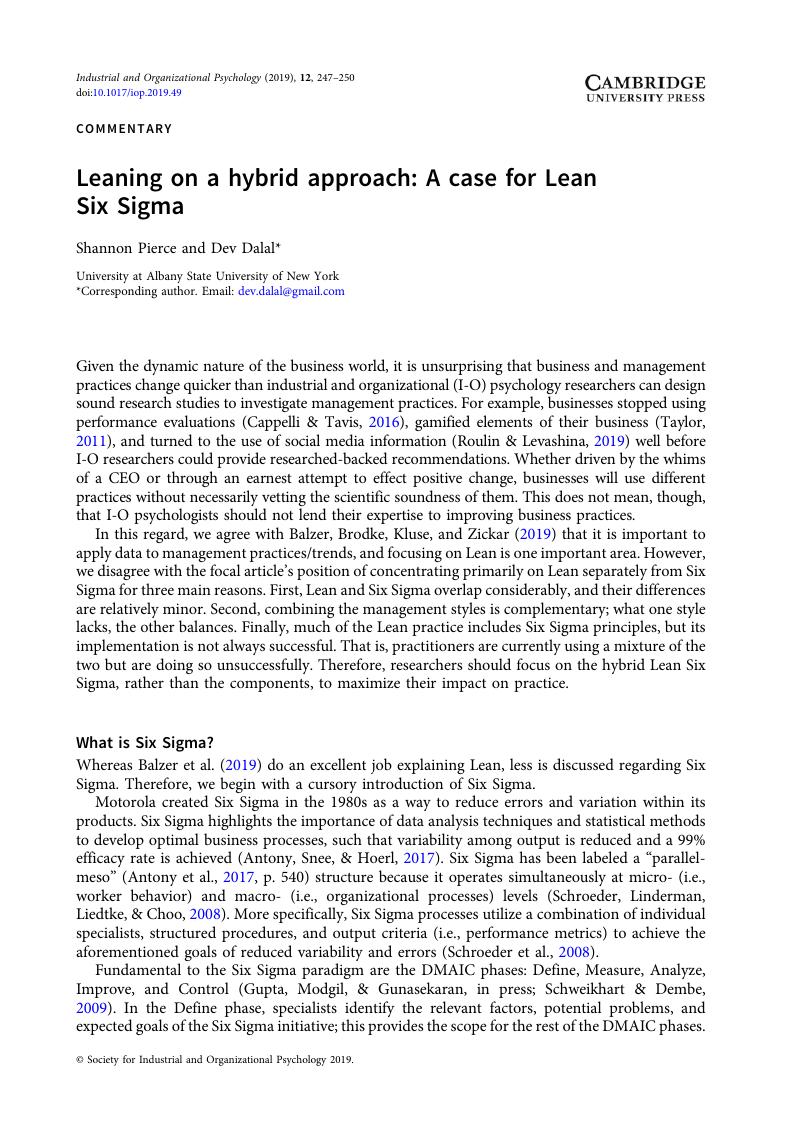Oguz, C.,
Kim, Y.,
Hutchinson, J., &
Han, S. (
2012). Implementing Lean Six Sigma: A case study in concrete panel production. In I. D. Tommelein & C. L. Pasquire (Eds.),
Proceedings of the 20th Annual Conference of the International Group for Lean Construction.
San Diego, CA:
Montezuma Publishing.
Google Scholar 